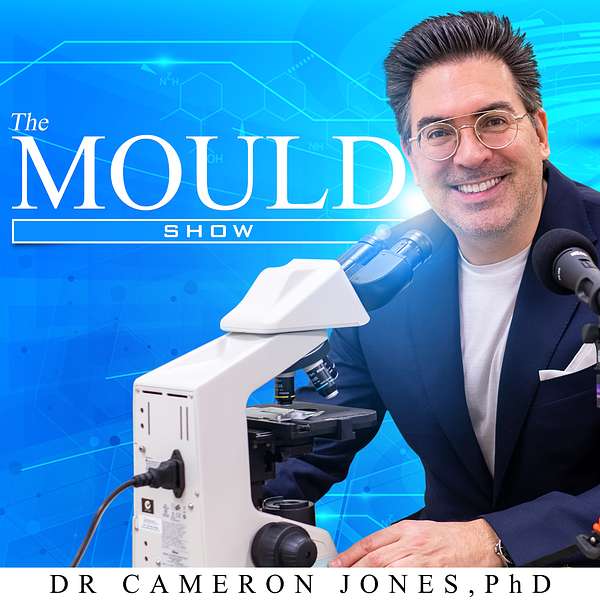
The Mould Show
The Mould Show
Black Fungus Risks and COVID-19
Black fungus disease can have a devastating impact for people who contract COVID 19 and even for those who are recovering from COVID-19 and who are more properly classed as COVID long haulers.
My purpose in presenting this live stream is really to bring about awareness to every person about the potential impact of black fungus and explore some of the reasons why everyone should be aware of post-COVID infection co-infection with black fungi. It is my hope that this live stream prevents unnecessary illness, infection and even death.
So, what are the common types of black fungus and why is this connected with COVID? To answer this question, I need to focus on two of the most common fungi that are implicated in mucormycosis and they are from the Genus that includes Rhizopus sp. and Mucor sp. These are typically fast-growing fungi that produce copious spores.
The problem is that these black coloured fungi in the immunocompromised hosts such as those recovering from COVID can utilize the iron in blood as a food source. It must be remembered that the pre-COVID infectious period includes the one to two weeks prior to symptoms. The next month is the acute phase of COVID infection. And after five weeks, this is the post-COVID-19 period.
Those admitted to hospital are commonly offered steroid medications. These steroids like dexamethasone work by dampening down the body's immune system, but at the same time they also increase the levels of iron in the blood, which the black fungi use as a food source. Although dexamethasone does work and is a relatively inexpensive medication, it is a problem for treatment, especially when this has become widespread due to the fact that although it produces an anti-inflammatory effect, this property is at the same time, immunosuppressive in action. These mean this steroid has two contrasting properties as a treatment.
There are many ways in which black fungus can enter the body. Depending on where it enters, this determines the impact of the severity of the fungal infection.
So, what is the takeaway from this particular livestream? Number one, it's very important that you know whether or not you are at risk. Just because you've recovered from COVID 19 does not mean that your body is capable of neutralizing invading pathogens like the black fungi. Everyone should be mindful of the fact the indoor living environment has an effect on your overall health and predisposition to infection. Therefore, inadequate hygiene, high humidity, and water damaged materials can cause an already compromised immune system to become susceptible to various diseases.
REFERENCES:
Pushparaj K, Kuchi Bhotla H, Arumugam VA, Pappusamy M, Easwaran M, Liu WC, Issara U, Rengasamy KRR, Meyyazhagan A, Balasubramanian B. Mucormycosis (black fungus) ensuing COVID-19 and comorbidity meets - Magnifying global pandemic grieve and catastrophe begins. Sci Total Environ. 2022 Jan 20;805:150355. doi: 10.1016/j.scitotenv.2021.150355. Epub 2021 Sep 16. PMID: 34818767; PMCID: PMC8443313. https://doi.org/10.1016/j.scitotenv.2021.150355
Lukács, G., Papp, T., Nyilasi, I., Nagy, E., & Vágvölgyi, C. (2004). Differentiation of Rhizomucor species on the basis of their different sensitivities to lovastatin. Journal of clinical microbiology, 42(11), 5400–5402. https://doi.org/10.1128/JCM.42.11.5400-5402.2004
Zupančič, J., Novak Babič, M., Zalar, P., & Gunde-Cimerman, N. (2016). The Black Yeast Exophiala dermatitidis and Other Selected Opportunistic Human Fungal Pathogens Spread from Dishwashers to Kitchens. PloS one, 11(2), e0148166. https://doi.org/10.1371/journal.pone.0148166.
Air Quality and Mould Inspection Report: Nauru Regional Processing Centre.
https://www.homeaffairs.gov.au/foi/files/2020/fa-191000441-document-released.PDF